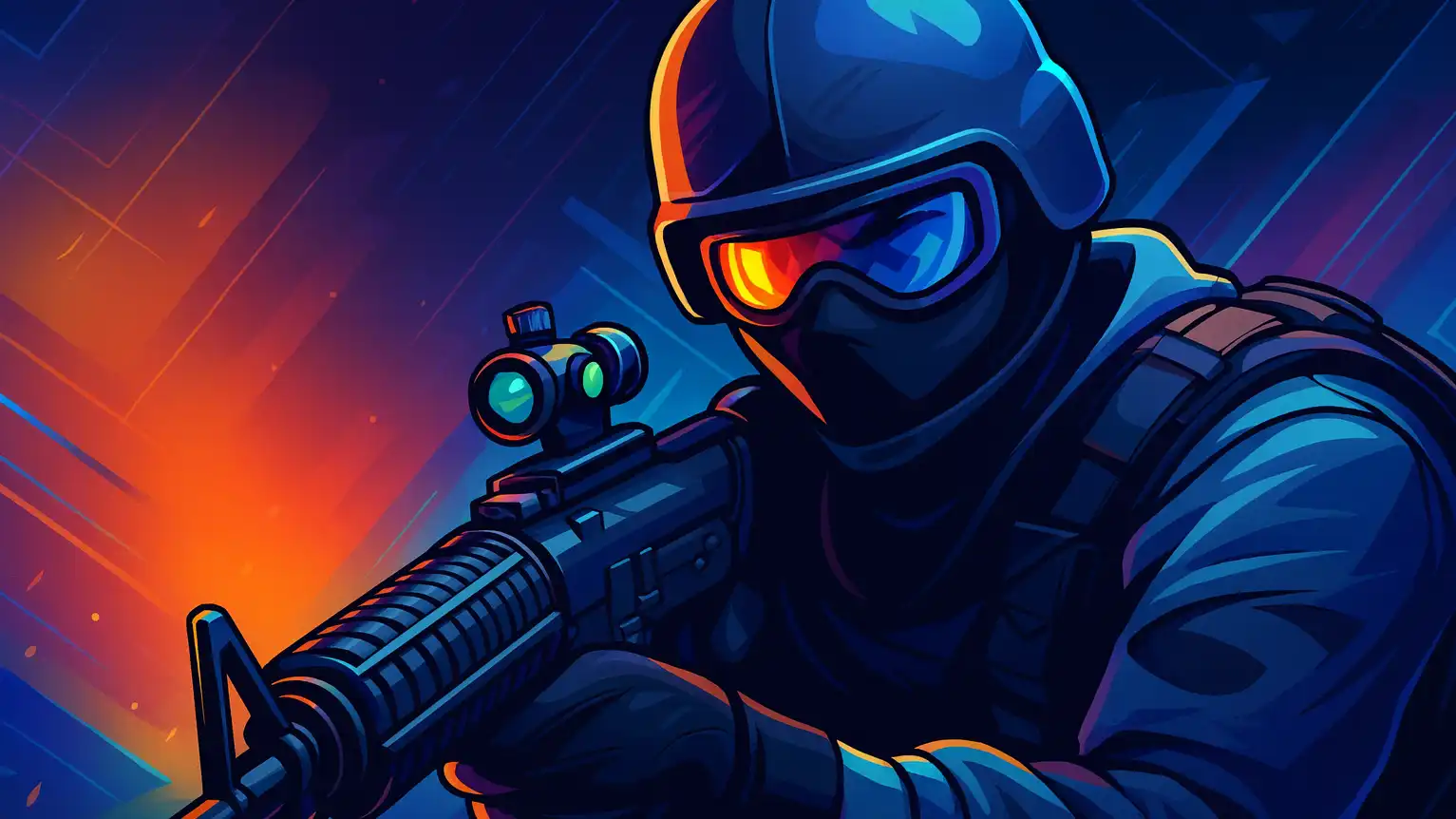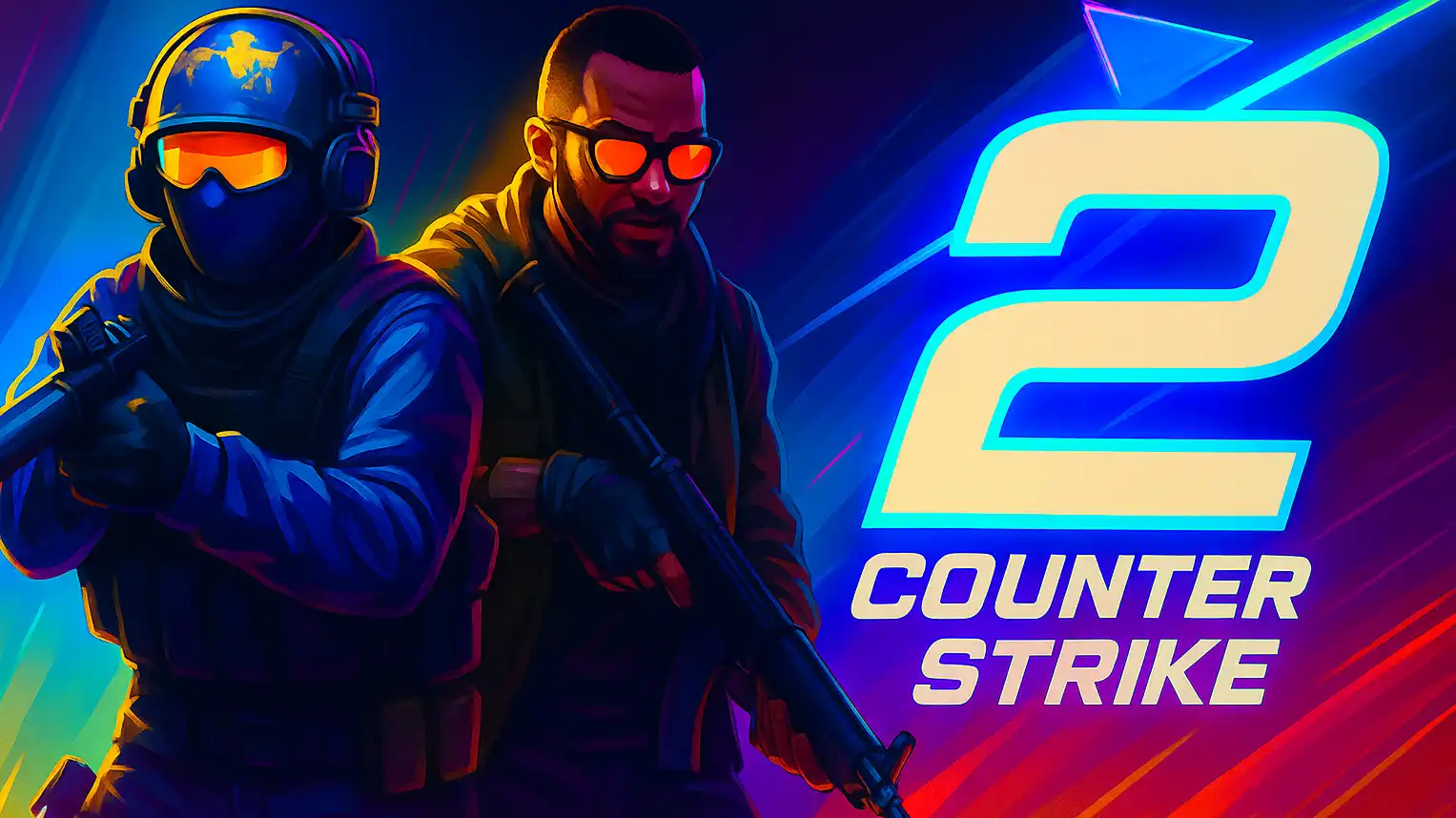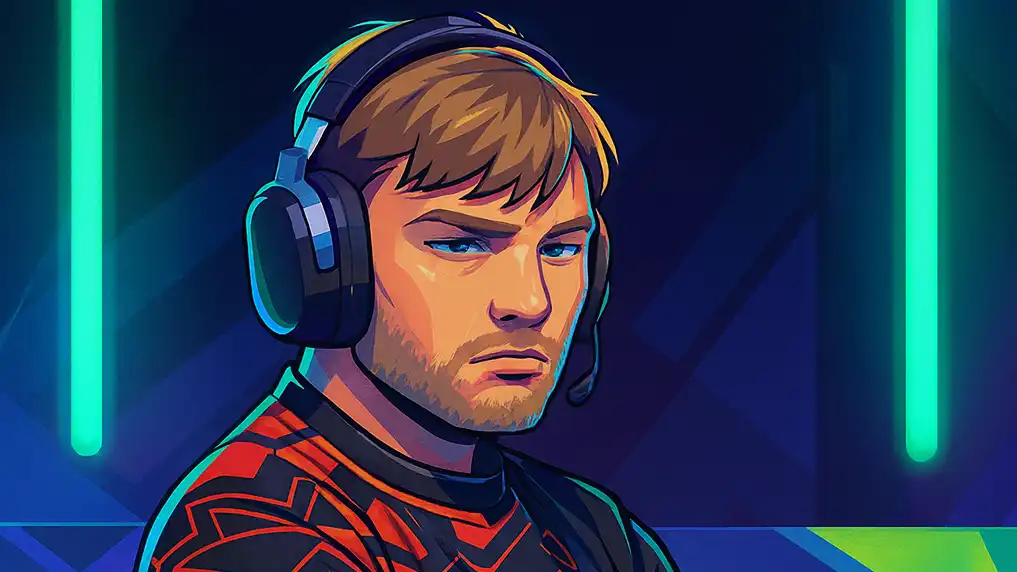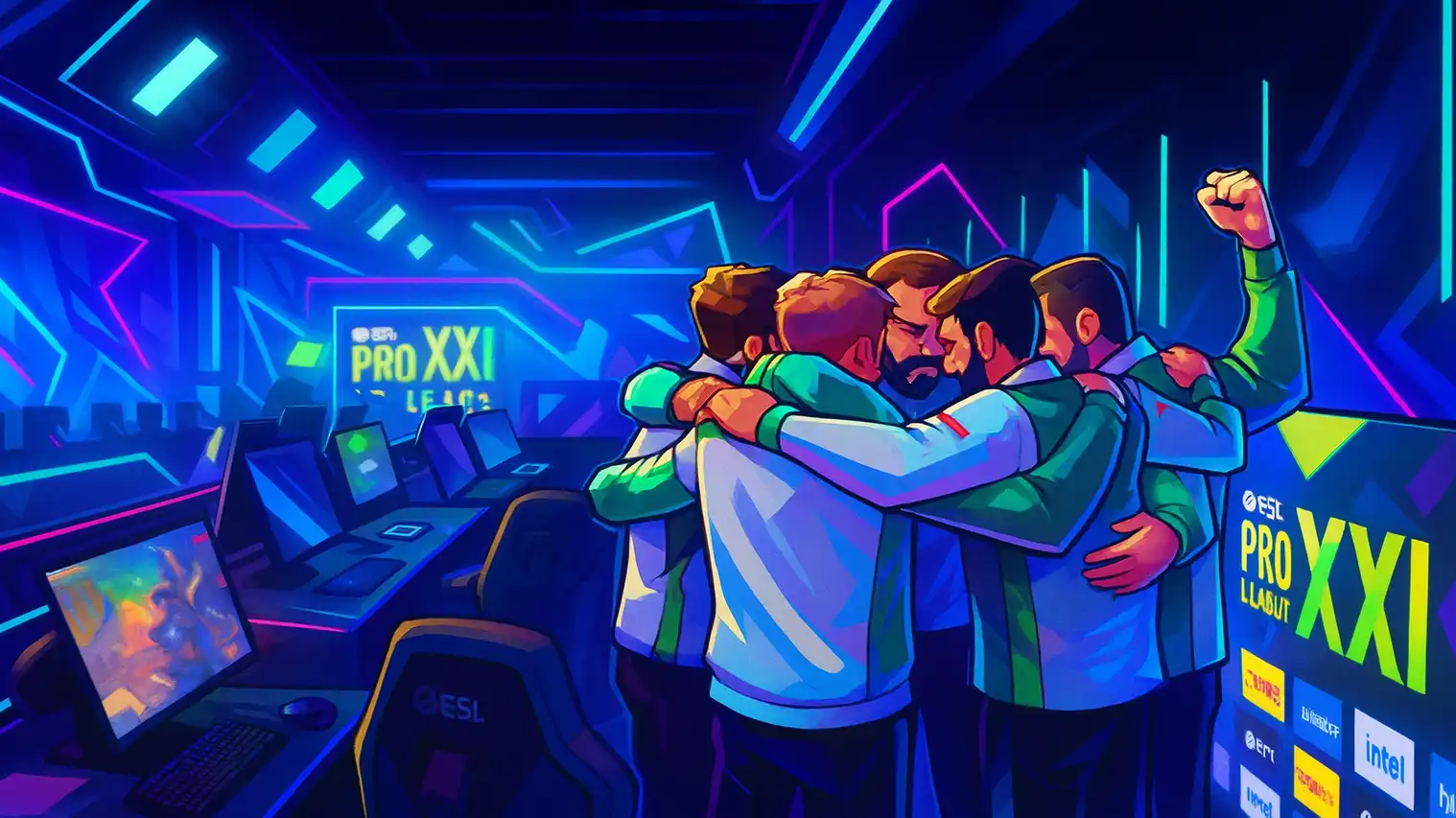CS2 update triggers historic skin-market crash as billions wiped from virtual economy

CS2 update triggers historic skin-market crash as billions wiped from virtual economy
Counter-Strike 2’s cosmetic economy has been thrown into turmoil after Valve’s 23 October update introduced knife and glove trade-ups, triggering what multiple tracking sites and media outlets describe as the largest skin-market crash in the game’s history.
The patch, highlighted in Valve’s notes and covered by HLTV, extended the Trade Up Contract to the highest rarity: players can now exchange five Covert-quality (“red”) skins for a knife or pair of gloves, with StatTrak versions yielding StatTrak knives. Retakes also returned as an official matchmaking mode in the same update.
Billions in value erased overnight
The change dramatically altered how rare items enter the game. Previously, knives and gloves were effectively locked behind case openings or direct purchases, helping sustain extremely high prices. With thousands of new high-tier items suddenly created via trade-ups, supply ballooned and prices fell across the board.
Estimates of the impact vary, but all point to a multi-billion-dollar shock:
-
Forbes reports that CS2’s overall skin-market capitalization fell from roughly $5.9 billion to $4.2 billion in a matter of hours.
-
A separate analysis from Tom’s Hardware cites a drop from $6.08 billion to $3.08 billion, framing the move as roughly $3 billion wiped out overnight.
-
Market-tracking platform PriceEmpire, quoted by Jaxon and other outlets, recorded intraday declines in the 20–30% range for the wider CS2 market.
Despite discrepancies in the exact numbers, all sources agree that this was the sharpest single-day correction the CS skin economy has ever experienced.
Big names among the biggest losers
Some of the most high-profile victims of the crash were not full-time traders but celebrities and pro players with large inventories. Data compiled by PriceEmpire and reported by Escorenews and Ukrainian outlet Liga.net highlights several notable cases:
-
Brazilian football star Neymar Jr. saw the value of his inventory drop by around $50,000 within a day of the update.
-
Legendary CS pro Olof “olofmeister” Kajbjer reportedly lost close to $40,000 in value.
-
A Chinese trader known under the nickname Coco was identified as one of the hardest-hit individuals, with paper losses estimated at roughly $550,000.
Dozens of smaller investors and hobby traders also reported five-figure swings, with some public figures, including xQc, using their platforms to urge caution and remind viewers that luxury cosmetics are inherently risky investments.
Winners emerge as “reds” skyrocket
While high-end knife and glove owners were hit the hardest, the update also created unexpected winners. Previously modest Covert skins — the very items now used in knife trade-ups — spiked in value as demand exploded.
PC Gamer documented examples such as the MP9 | Starlight Protector, which jumped from around £2 to roughly £50 per skin in the aftermath of the patch. One account that had stockpiled these reds before the update suddenly held an inventory valued at an estimated $90,000.
Iconic knives were not spared, however. The coveted Butterfly Knife Emerald, often valued above $20,000 prior to the update, briefly dipped to nearly half that figure before partially recovering.
Market shock, partial rebound
After the initial panic, parts of the market began to stabilise. Analysis from Turbosmurfs shows that, by 29 October, average prices across tracked items had rebounded by roughly 47% from the lowest point, though many top-tier knives and gloves still remained well below their pre-patch peaks.
PriceEmpire data cited by Escorenews indicates that by 30 October the total CS2 skin market cap sat around $4.74 billion, modestly up on the previous day but still far short of pre-update levels.
Specialist blogs and trading platforms caution that further volatility is likely as traders reassess which items hold long-term value under the new system.
Community reaction and broader questions
Reactions inside the community have been sharply divided.
-
Investors and collectors have condemned the move, arguing that Valve effectively devalued years of investment overnight without warning. Several major traders announced they were leaving the scene or dramatically downsizing their portfolios.
-
Many regular players, by contrast, welcomed the update as a long-overdue correction that lowers the barrier to owning desirable cosmetics and reduces some of the speculative excess that had built up over years.
Analyses from outlets such as Forbes and PC Gamer point out that Valve’s incentives are fundamentally different from those of third-party marketplaces and investors: the publisher benefits from a healthy, active ecosystem and case-opening revenue, not necessarily from sky-high resale prices.
Several community and trading-site blogs have also reported alleged real-world tragedies linked to the crash, particularly in China, but these claims have not been independently verified by major news organisations and should be treated with caution.
A reminder of the risks behind virtual assets
The October update has become a stark reminder that CS2 skins — despite their sometimes eye-watering valuations — remain digital items fully controlled by a single publisher. Their value can be dramatically altered by design decisions, leaving speculators exposed.
For now, the market is in a fragile recovery phase, with traders watching Valve’s next moves closely. Whether this proves to be a one-off shock or the start of a more sustainable, less speculative CS2 economy will become clear only in the months ahead.




